4 Strategies for Reducing Student Stress
March 21, 2023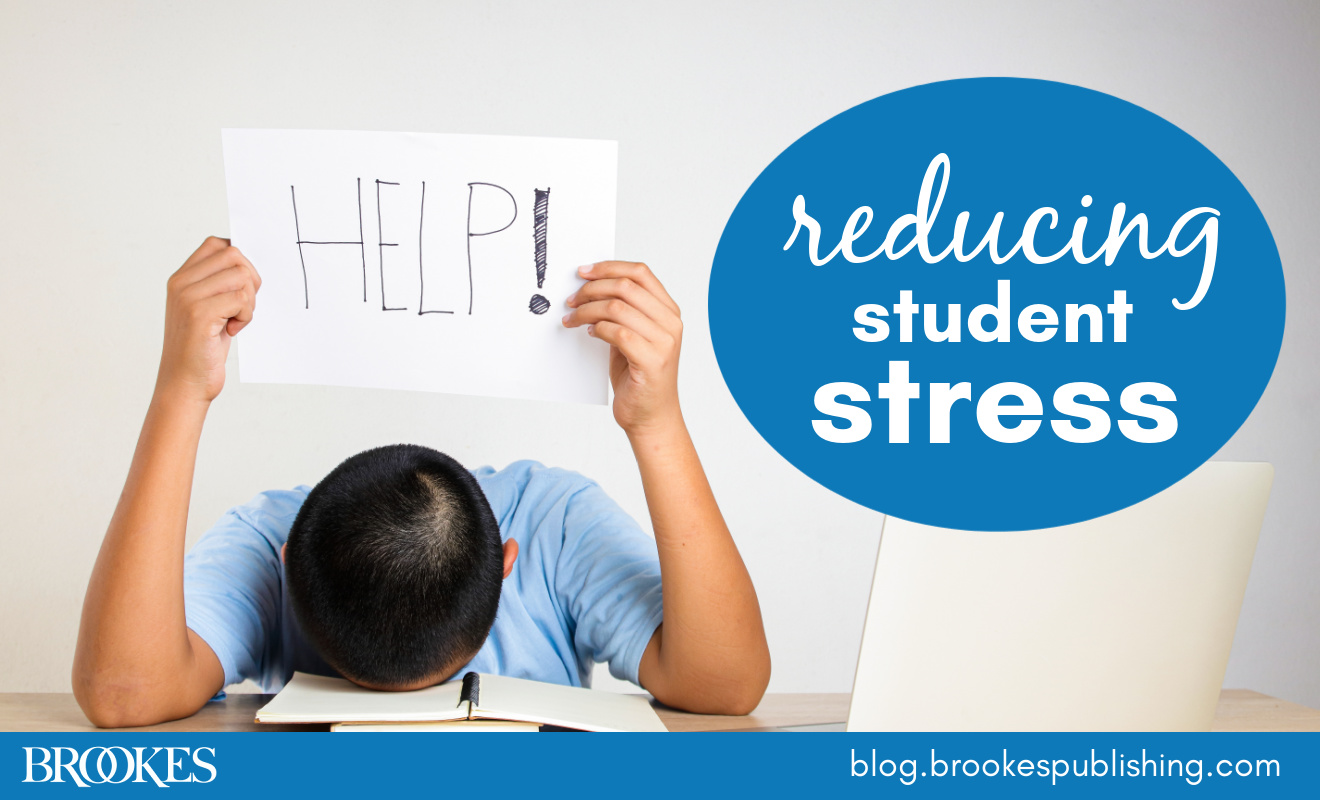
It’s no secret that today’s students are stressed. They’ve experienced a global pandemic and significant social unrest, and many are dealing with ongoing issues related to grief and loss, family upheaval, and fears about the future.
Students need all the help they can get to reduce their stress levels, engage in positive behavior, and keep learning and working toward their goals. In today’s blog post, we’re bringing you tips suggested by four Brookes authors with real-world classroom experience. Use these strategies to help support and empower your students as we navigate challenging times together.
Work on strengthening rapport
 Suggested by: Tim Knoster (co-author of The Teacher’s Pocket Guide for Positive Behavior Support and the Teacher Survival Guides on Engagement of Students in Virtual Instruction series)
Suggested by: Tim Knoster (co-author of The Teacher’s Pocket Guide for Positive Behavior Support and the Teacher Survival Guides on Engagement of Students in Virtual Instruction series)
It is important (perhaps now more than ever) to develop rapport with each and every student in the classroom, making sure that your actions communicate clearly that you care about the personal well-being of each student. It is likely that you’ll establish sufficient rapport with many students without consciously thinking about it; however, in some instances, you may need to jump-start rapport.
The key to establishing rapport with students who appear difficult to reach is repeated small doses of engagement over time. Identify 15-to 30-second windows of opportunity within non-instructional times throughout the school day to strategically build rapport with students (e.g. transitions that naturally occur throughout the day). Base your rapport-building interactions on student interests, keeping in mind that interests are unique to each student.
Remember that rapport is built on trust. Your students will let you connect with them, but they will do this on their own, individual timetable based in large part on when they feel they can trust you. You can reach every student—and equally important, each student is deserving of your professional effort!
Apply mindfulness techniques
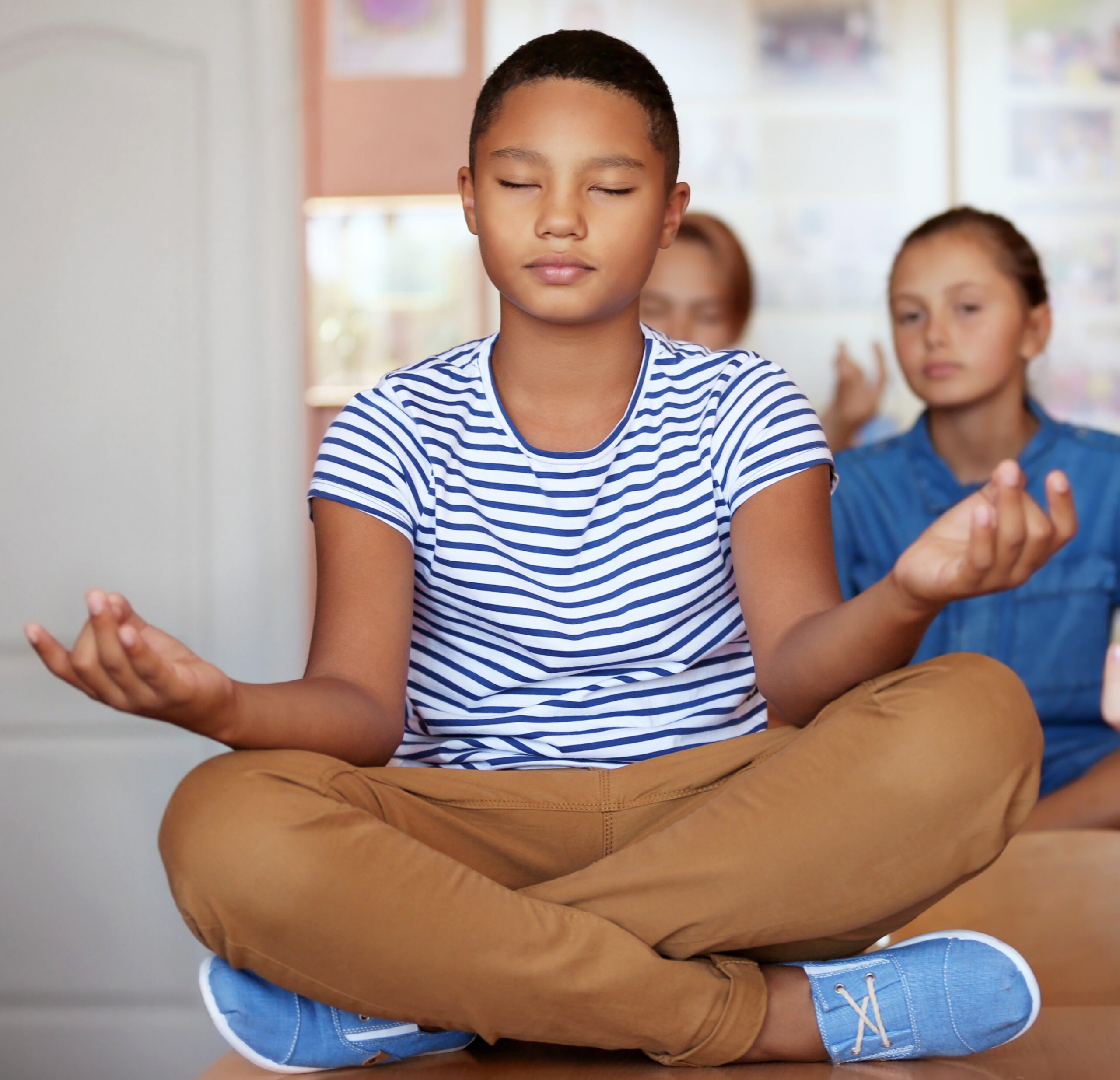 Suggested by: Paula Kluth (author of many popular books on inclusive education, including the upcoming new third edition of You’re Going to Love this Kid!, Pedro’s Whale, and Just Give Him the Whale!)
Suggested by: Paula Kluth (author of many popular books on inclusive education, including the upcoming new third edition of You’re Going to Love this Kid!, Pedro’s Whale, and Just Give Him the Whale!)
I am a strong supporter of using mindfulness techniques in the classroom. Mindfulness techniques are powerful because they don’t cost a thing, are easy to teach and use, and can be incredibly effective for a wide range of learners.
So often the techniques we use in classrooms are reactive. Mindfulness practices are proactive; we can use them to prevent behavior challenges, alleviate stress, and even help students tap into feelings of gratitude and compassion. Teachers can use meditation, yoga, mindful observation, and breathing exercises with an entire group of students; they can be used to begin the day, prepare for tasks, or deal with particular challenges. The techniques can also be shared with individual students who have struggles such as anxiety and emotional challenges. Educators may even want to write some of these practices into behavior plans.
Keep in mind that mindfulness techniques can be used for any student, even those with more significant and complex disabilities. If a student cannot speak, a teacher can still read a guided meditation to that individual or model a breathing exercise for them.
To begin using mindfulness in the classroom, check out websites like www.gonoodle.com, www.mindfulteachers.org, and YouTube to find free video tutorials. You can also use meditation apps or books to find ideas.
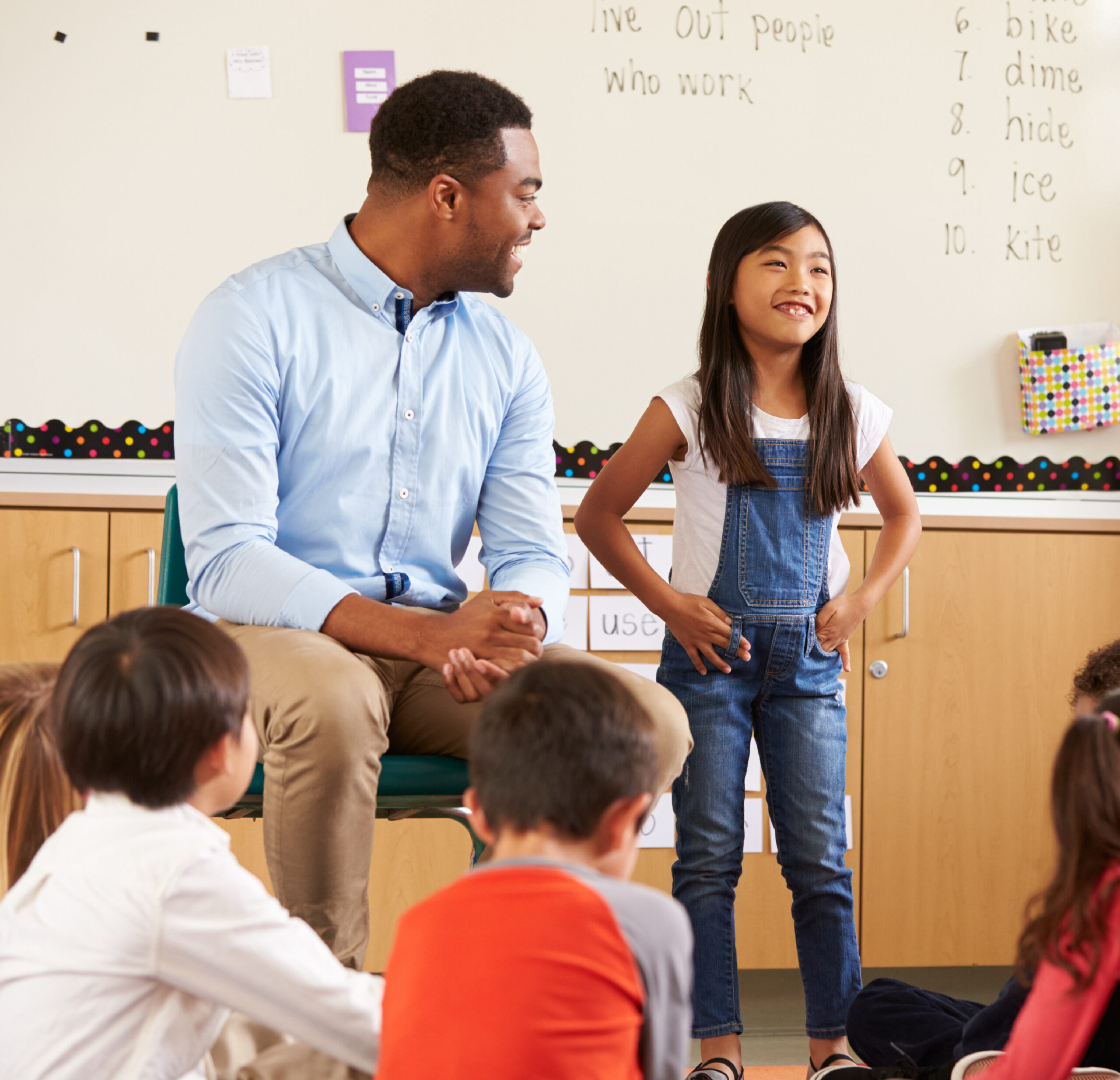
Empower students with leadership roles
Suggested by: Nicole Eredics (author of Inclusion in Action)
I look for opportunities to let all my students take on leadership roles in and outside the classroom. This involves identifying the student’s strengths, interests, and talents. Then, the student is matched with an appropriate leadership job. Through this opportunity, students can learn responsibility, develop confidence, interact with others in the school setting, and demonstrate their abilities in a situation that is not necessarily related to academic performance.
Some examples of student leadership include:
- distributing notices
- making daily announcements
- assisting the librarian
- helping the teacher with classroom duties such as filing papers, tidying the class library, and labeling Notebooks
- being a morning greeter when students come into the classroom
- reading aloud with a student
- playing with other students during recess
- helping another student work on a class activity
I love watching my students shine in their leadership roles!
Support students with stress-busters
Suggested by: Beverley Johns (author of Your Classroom Guide to Special Education Law)
Teachers should engage in active listening with their students, provide supportive assistance, and teach their students stress-reducing strategies and activities. I have three favorites for stress reduction:
- When the students are going to take a test or do a difficult assignment, I have them close their eyes for 45 seconds and think of something that makes them happy. This relaxes so many students.
- I take a beach ball and write on it about 25 stress-reducing activities—like plaster a smile on your face, say three things that make you happy, take five deep breaths, blow a bubble, squeeze your hands as tight as you can and then let go. Then I throw the ball around, and when a student catches it, they do the activity located wherever their left thumb landed.
- I give each student three index cards and a brown paper bag. I have them write down their worries or something that is bothering them. They put the cards in their bag, and I take the wastebasket around and have them throw the bag away—“throwing all your worries behind.”
Teachers should also maintain their classroom as a positive, accepting, and engaging place to be—a truly safe environment. Teachers can provide numerous outlets for students to express their feelings through writing, drawing, music, and acting.
The authors featured in today’s post offer much more guidance and practical tips in their books. Click the covers below to explore them!

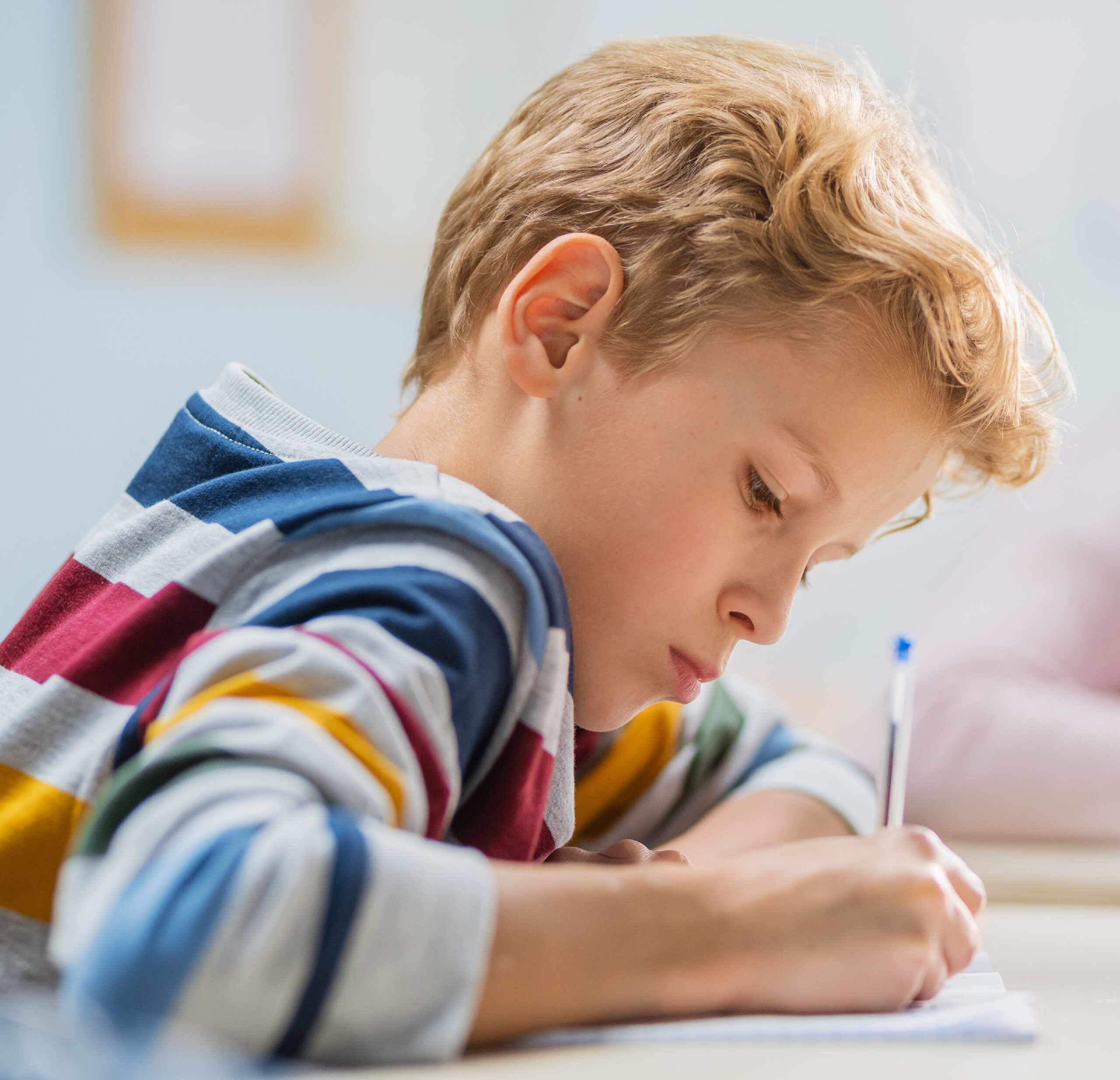
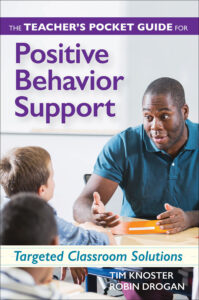
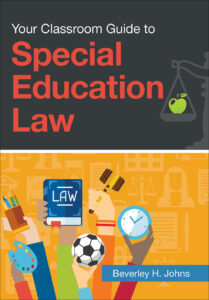
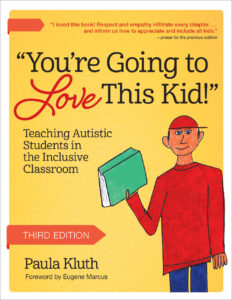
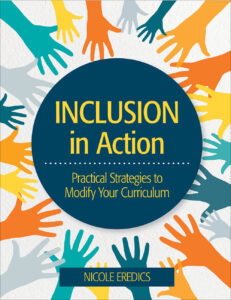
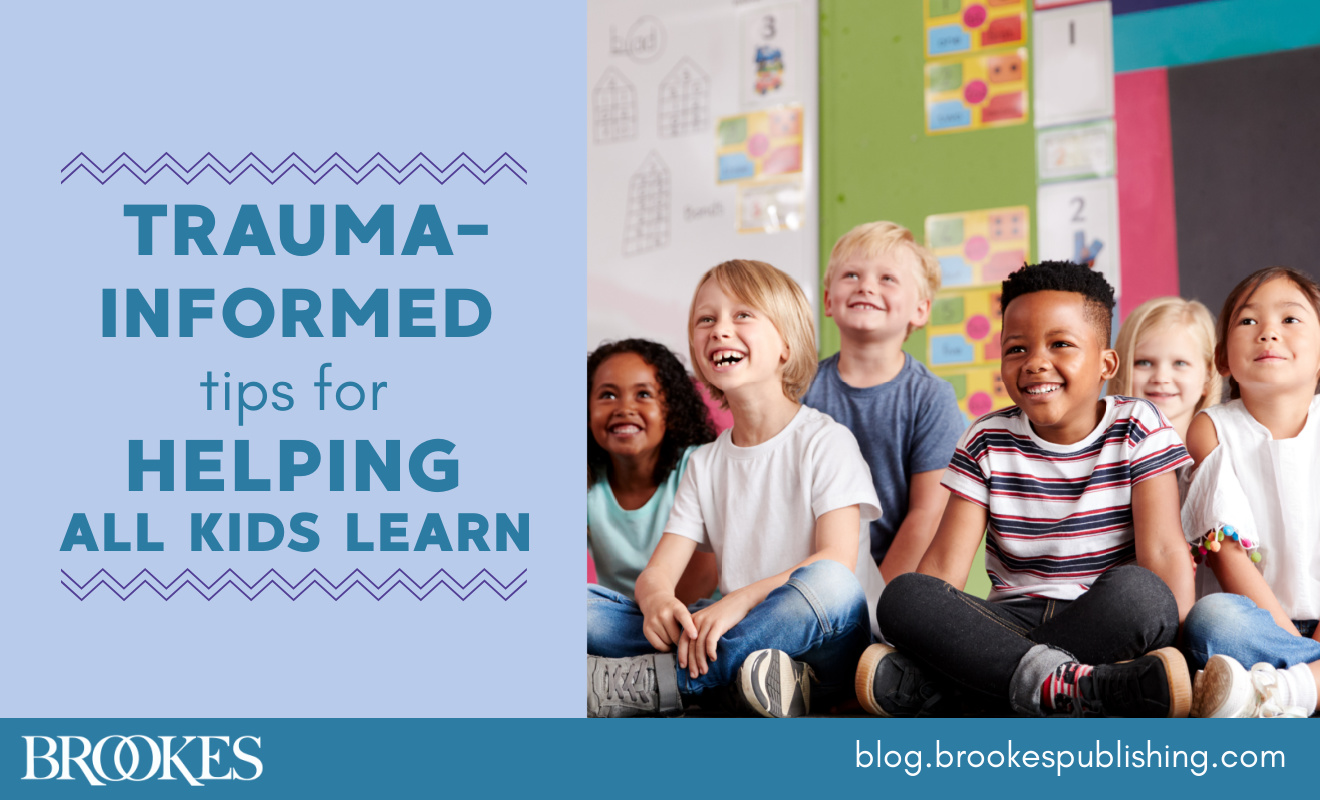
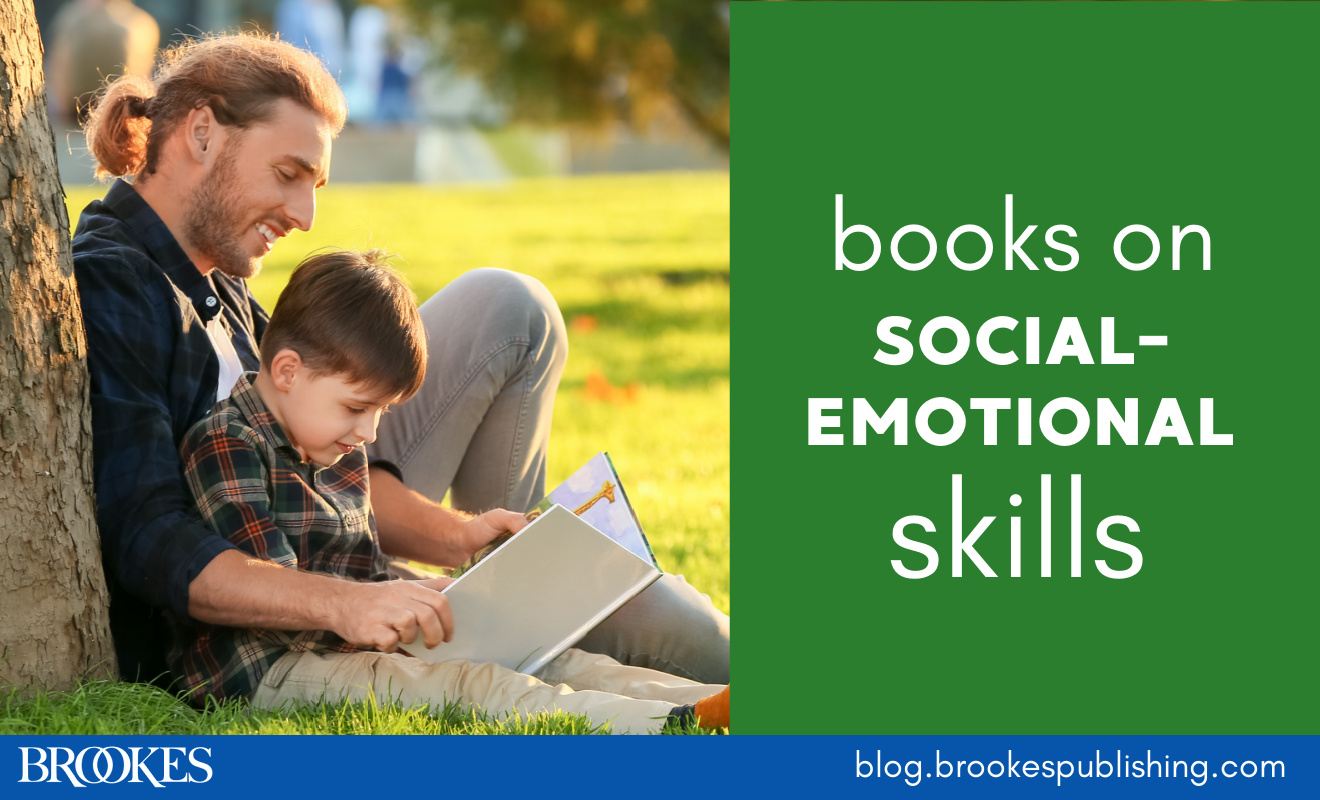
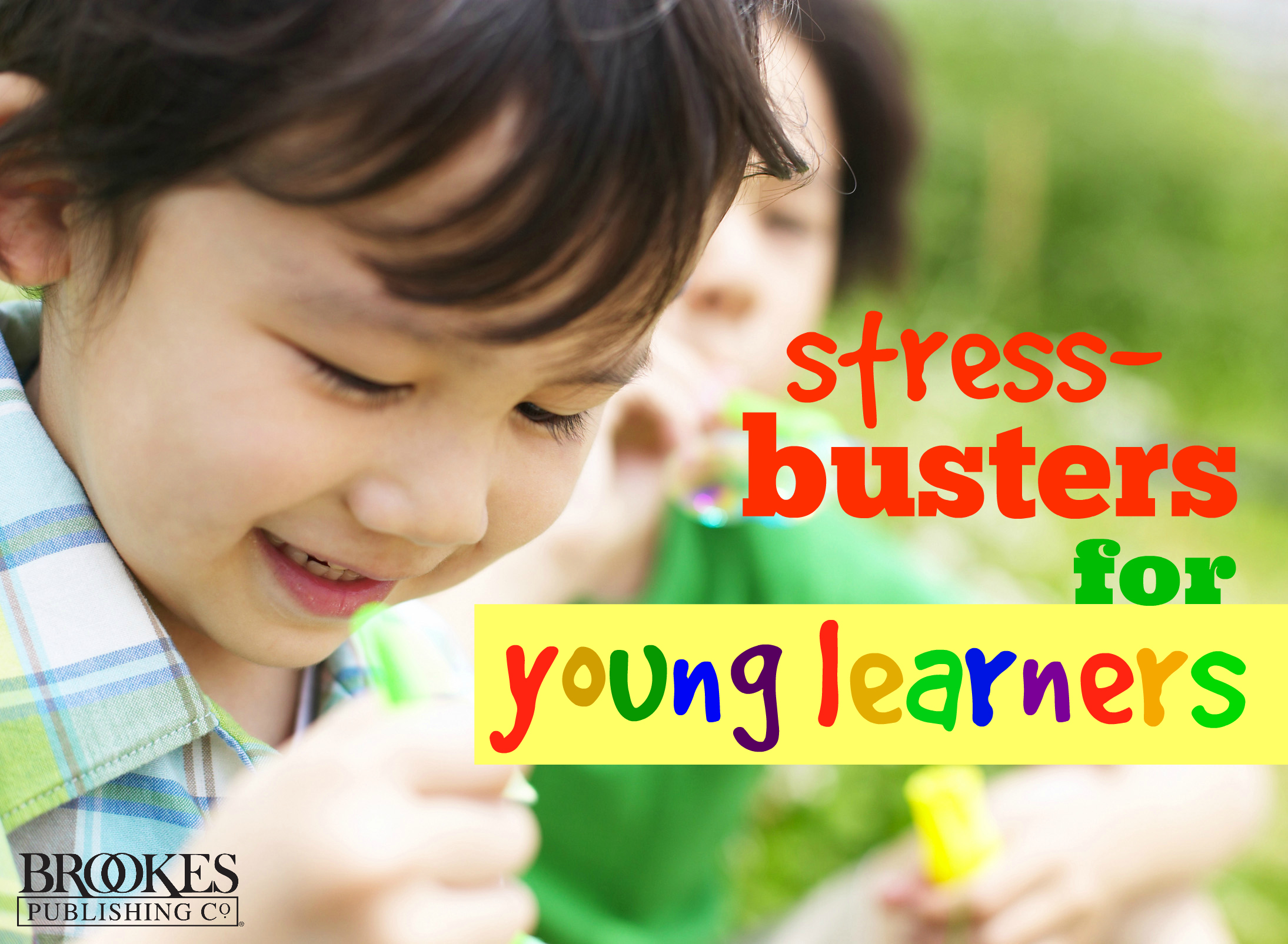
Write a Comment
Your email address will not be published. Required fields are marked *
Post a Comment